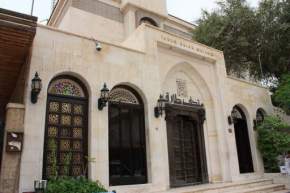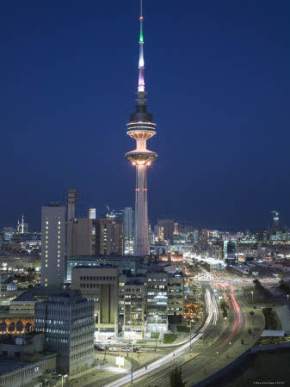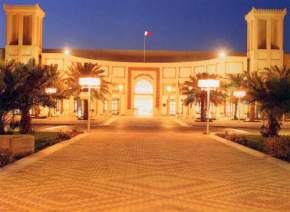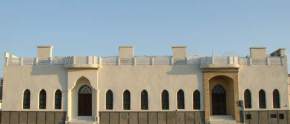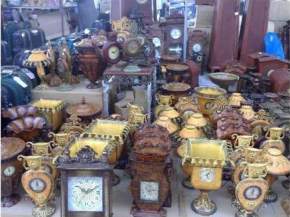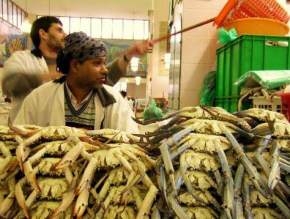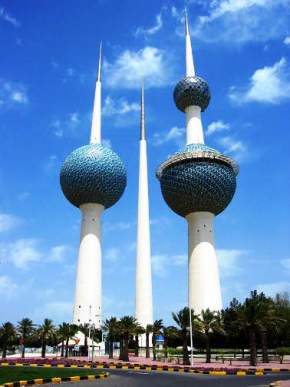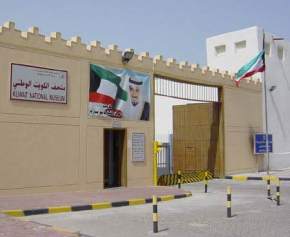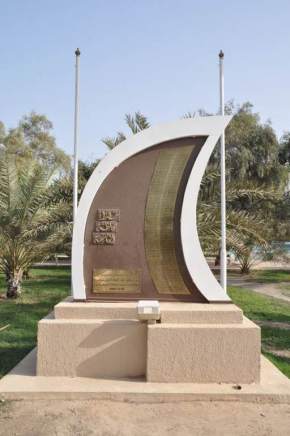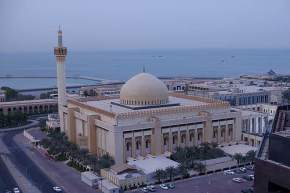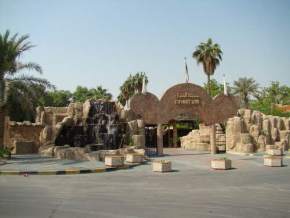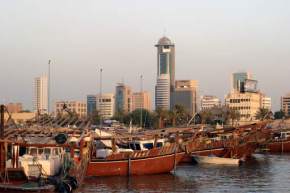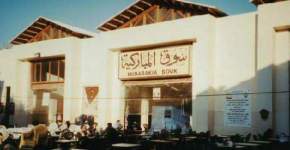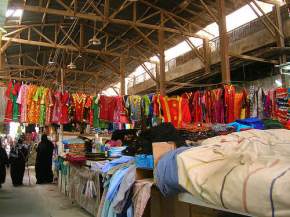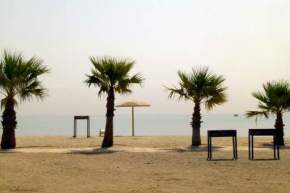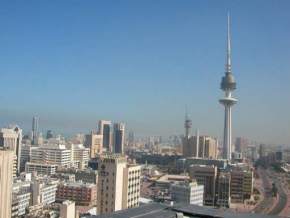Tareq Rajab Museum, Kuwait - Museum, Caves, Jewelry, Paintings
Housed in the cellar of a large villa, this beautiful ethnographic museum should not be missed. It was assembled as a private anthology of Islamic art by Kuwait's first minister of antiquities and his British wife. A pair of ornate doors from Cairo and Carl Haag's 19th-century painting of Lady Jane Digby el-Mesreb of Palmyra, who lived in tents in the winter and a Damascus villa in the summer, mark the doorway to an Aladdin's cave of gorgeous items. There are inlaid musical instruments, pending in glass cabinets; Omani silver and Saudi gold jewellery; headdresses from the humble prayer cap to the Mongol helmet; costumes worn by princesses and by goatherds; necklaces for living goddesses in Nepal; Jaipur enamel; and Bahraini pearl. Despite all these beautifully presented pieces from around the Muslim world, it is the Arabic manuscripts that give the collection international significance.

